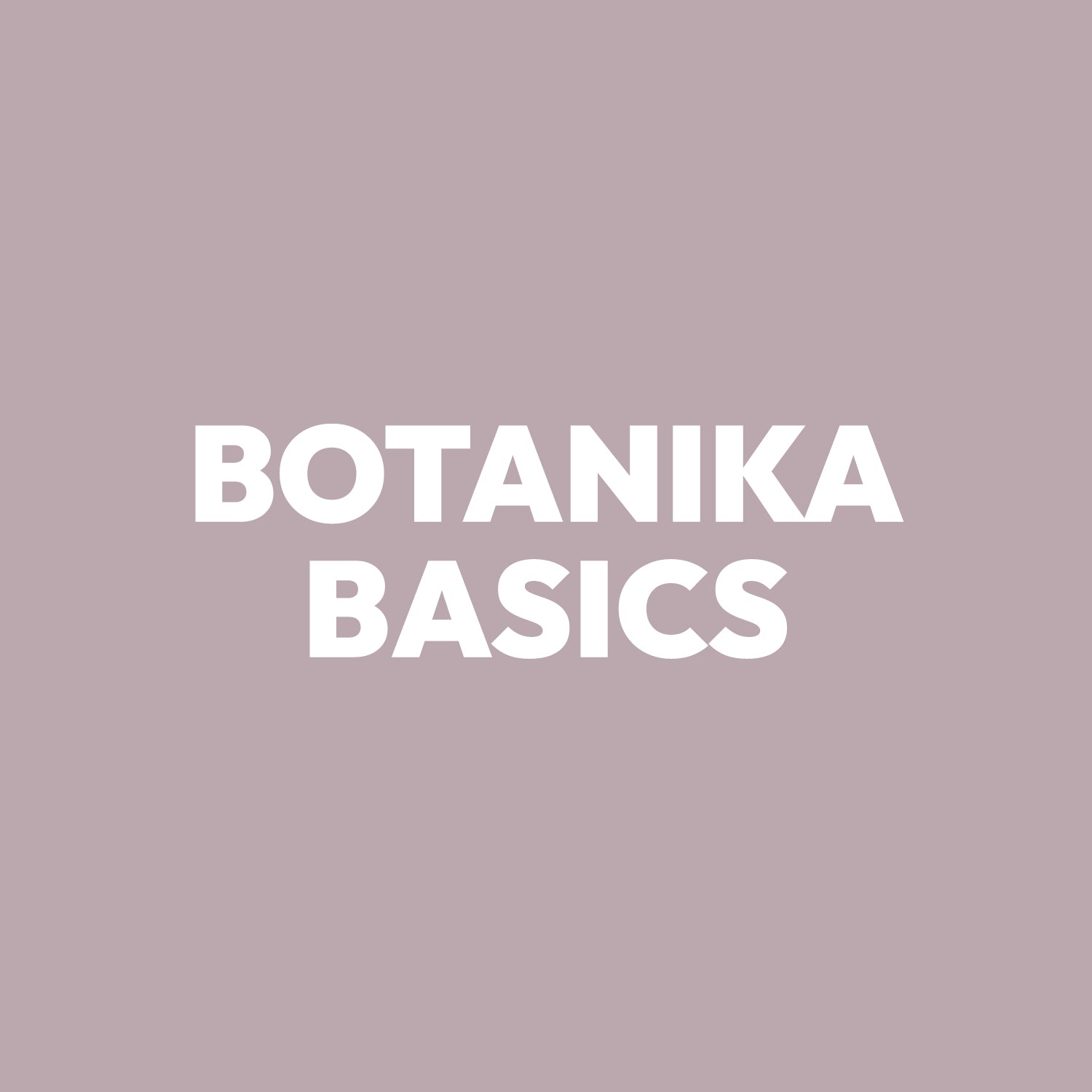

The Holistic Approach to Wellness: A Complete Guide
In a world that often focuses on quick fixes, the holistic approach to wellness reminds us that true health is much more than the absence of disease. It’s about nurturing the whole person — mind, body, and spirit — through balanced living and conscious choices.
Unlike conventional medicine, which tends to treat individual symptoms, holistic health sees the person as a connected system. A headache might not just be “a headache” — it could relate to stress, nutrition, sleep, or even emotional strain.

This comprehensive approach helps you understand the root causes of imbalance and empowers you to build long-term well-being, not just temporary relief.
Understanding Holistic Health: The Whole-Person Approach
Holistic health embraces the World Health Organisation’s definition of wellness: “a state of complete physical, mental, and social well-being.”
A holistic practitioner considers how every area of your life — from your mental health to your nutrition — affects your overall wellness. This approach promotes preventive care, encourages self care, and helps you take a proactive approach to health rather than waiting for illness to appear.
When stress affects your emotions, your body feels it too — through fatigue, headaches, or digestive issues. The holistic model understands that treating only one symptom doesn’t heal the whole person.

That’s why holistic health practitioners work to restore balance across all areas — mental, physical, emotional, spiritual, and social — creating harmony that promotes optimal health and vitality.
The Five Pillars of Holistic Wellness
To achieve true holistic wellness, five essential pillars work together to support overall well-being:
-
Physical Health — Nourishing the body through nutrition, movement, and rest.
-
Mental and Emotional Health — Managing stress, cultivating resilience, and developing emotional intelligence.
-
Spiritual Health — Finding meaning, purpose, and inner peace.
-
Social Health — Building meaningful relationships and community connections.
-
Environmental Health — Living in balance with your surroundings.
Each area interacts with the others. When one pillar weakens, your overall health can suffer — but when they’re in harmony, you experience vibrant energy and clarity in daily life.
Physical Health: Building the Foundation of Holistic Wellness
A strong physical health foundation fuels every other dimension of your wellness. It’s more than avoiding disease — it’s about cultivating energy, strength, and balance in your daily life.
🥗 Nutrition and Natural Medicine
A holistic approach to nutrition focuses on whole foods, mindful eating, and balance. Think of your meals as medicine — each bite either promotes wellness or drains it.
Try incorporating:
-
Fresh fruits and vegetables (5–9 servings daily)
-
Whole grains instead of refined carbs
-
Lean proteins like legumes, fish, or plant-based sources
-
Healthy fats from avocado, olive oil, and nuts
-
Plenty of water throughout the day
Herbal medicine and herbal supplements can also play a role in natural medicine when guided by qualified naturopathic doctors or holistic providers.
🧘Movement and Regular Physical Activity
The holistic approach to wellness views movement as a celebration of what your body can do, not punishment for what you eat.
Enjoyable activities like tai chi, yoga, walking, swimming, or dancing promote mental clarity, flexibility, and relaxation.
😴 Restorative Sleep
Quality sleep is non-negotiable. Aim for 7–9 hours per night and practice good sleep hygiene — limit screens, create a calm environment, and stick to a regular schedule.
Mental Health: Cultivating Clarity, Calm, and Emotional Strength
Your mental health shapes your experience of life. When your mind is calm and focused, your physical health and relationships flourish too.

Stress Management Techniques
Chronic stress contributes to countless chronic diseases, but effective tools can help:
-
Meditation or guided imagery for calm
-
Deep breathing exercises
-
Therapeutic touch or massage therapy
-
Journaling to process emotions
Even five minutes of stillness can lower cortisol and bring balance back to your nervous system.
Emotional Intelligence and Self Care
Developing emotional intelligence allows you to recognize feelings before they control your reactions. Practicing self care — whether through solitude, creativity, or community — strengthens emotional balance and mental well-being.
Holistic healthcare professionals often recommend therapy, mindfulness, or lifestyle counselling alongside natural remedies to address both mental and physical symptoms.
Spiritual Health: Finding Meaning and Inner Peace
Spiritual well-being isn’t just about religion — it’s about your connection to yourself, others, and the world.
Cultivating spiritual health can include:
-
Practicing gratitude and compassion
-
Spending time in nature
-
Meditation, prayer, or mindfulness
-
Aligning your actions with your values
A strong spiritual connection nurtures resilience and helps you face illness or life’s challenges with greater peace and strength.
Social Health: The Power of Connection
Humans are social beings — and your social health plays a massive role in your overall wellness. Strong relationships can reduce stress, lower blood pressure, and even extend lifespan.

To strengthen social wellness:
-
Prioritise meaningful conversations over digital distractions.
-
Set boundaries that protect your time and energy.
-
Balance work life with connection, fun, and rest.
-
Seek emotional support when needed — it’s a form of strength, not weakness.
Workplaces that foster a positive workplace culture and job satisfaction also contribute to mental health and well-being.
Holistic Medicine and Integrative Health: Bridging Old and New
Holistic medicine combines the best of conventional medicine and alternative medicine. The goal? To create a comprehensive approach that addresses your whole person — not just symptoms.
Complementary Practices That Work
Many healthcare providers and naturopathic physicians now include evidence-based holistic therapies like:
-
Acupuncture for pain, stress, and energy balance
-
Massage therapy for relaxation and circulation
-
Herbal remedies like turmeric, echinacea, and valerian
-
Osteopathic medicine, focusing on the body’s structure and function
These therapies, when guided by qualified healthcare professionals, can improve health outcomes and patient satisfaction, often reducing the need for invasive treatments or medications.
The Evidence Behind Holistic Health and Wellness
The holistic approach to health isn’t just feel-good philosophy — it’s supported by science.
Studies show that people who follow holistic wellness practices experience:
-
20–30% lower risk of cardiovascular disease
-
Improved immune function and mental clarity
-
Decreased inflammation and faster recovery from illness
-
Higher patient satisfaction and overall happiness
The National Center for Complementary and Integrative Health reports that nearly 40% of adults use some form of integrative health — proof that more people are embracing the holistic model.
Creating Your Personalised Holistic Wellness Plan
You don’t need to overhaul your entire life overnight. Start small — one mindful habit at a time.
Step 1: Assess Your Current Wellness
Reflect on your physical, mental, emotional, spiritual, and social health. Where do you feel strong? Where could you use more support?
Step 2: Set Simple, Realistic Goals
Example: “I’ll meditate for 5 minutes each morning” or “I’ll cook two healthy meals this week.”
Step 3: Integrate Into Daily Life
Wellness should flow naturally into your daily life — not feel like a chore. Walk at lunch, stretch before bed, or use gratitude journaling to reflect on positive experiences.
Step 4: Build Your Support Team
Work with holistic health practitioners, naturopathic doctors, or trusted healthcare professionals who understand both traditional medicine and alternative therapies.
Common Obstacles to Holistic Wellness (and How to Overcome Them)
-
“I don’t have time.”
→ Try micro-practices: two-minute breathing, short walks, or mindful eating. -
“It’s too expensive.”
→ Many practices — meditation, stretching, journaling — are free. -
“My family doesn’t support it.”
→ Lead by example and share how holistic wellness makes you feel. -
“I don’t know where to start.”
→ Start where you are. One small self care habit can shift your entire outlook.
The Future of Holistic Health and Medicine
The future of holistic medicine is bright. Healthcare providers are integrating naturopathic medicine, herbal medicine, and therapeutic touch into hospitals and clinics.
Technology now supports holistic wellness through apps, virtual coaching, and wearables that track stress, sleep, and activity. Medical doctors are being trained to see patients as whole people, not just collections of symptoms.

As integrative health grows, the lines between conventional medicine and natural medicine will continue to blur — creating a world where healthcare professionals work together to promote optimal health for everyone.
Final Thoughts: Embrace a Holistic Approach to Health and Life
The holistic approach to wellness isn’t about perfection — it’s about progress, awareness, and connection.
By caring for your mind, body, and spirit, you create harmony that transforms every part of your life. Whether through meditation, movement, or mindful nutrition, every small act of self care moves you closer to overall well-being.
Start today — not with pressure, but with intention. Because when you nurture your whole person, you don’t just heal — you thrive. 🌿
Share:
FAQs about holistic approach to wellness
More blogs
-

Better-For-You Caramel Bars (Vegan Friendly)
Move over, Twix, these vegan caramel bars are here to steal the (snack) spotlight. No refined sugar, no dairy, and absolutely no boring allowed. These better-for-you bars layer a soft, shortbread-style base with a gooey caramel centre (infused with our...
-

Choc & Raspberry Protein Bars (Vegan Friendly)
No bake. No blender. No bull. Just ridiculously easy, high-protein deliciousness. We get it, sometimes you want a snack that feels like dessert but acts like a nutritional overachiever. Enter: these Vegan Choc & Raspberry Protein Bars. They’re crunchy, chocolatey,...
-

10 Tips for Effective Exercise Recovery
Training hard is only half the story—recovery is where real progress happens. Whether you’re lifting weights, running hills, or smashing HIIT, giving your body time to heal and rebuild is essential for muscle growth, performance, and injury prevention. Here are...















